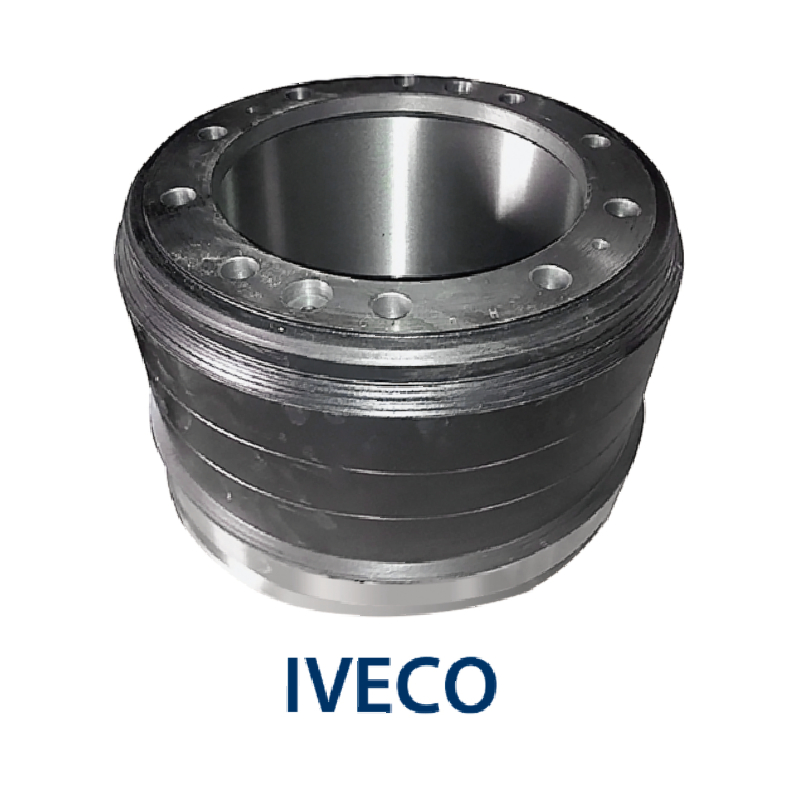Oct . 13, 2024 12:27 Back to list
commercial brake drums
Understanding Commercial Brake Drums
In the world of commercial vehicles, safety and efficiency are paramount. One of the critical components that ensure these qualities is the brake system, particularly the brake drums. Brake drums play a vital role in the braking efficiency of heavy-duty vehicles, such as trucks, buses, and trailers. This article provides an overview of commercial brake drums, their functions, and why they are essential in modern transport.
What Are Brake Drums?
Brake drums are cylindrical components that are part of a drum brake system. When the brake pedal is engaged, brake shoes are pushed against the inner surface of the drum, creating friction that slows down the vehicle. This mechanism is especially prevalent in larger commercial vehicles, where the demands on the braking system are significantly higher than in passenger cars.
The Structure and Material
Commercial brake drums are typically made from high-quality cast iron or aluminum, offering excellent heat dissipation and strength. The design of these drums is crucial; they must endure high temperatures generated during braking while maintaining structural integrity and performance. Over time, manufacturers have developed advanced materials and manufacturing techniques to enhance the lifespan and effectiveness of brake drums.
Importance of Brake Drums in Commercial Vehicles
1. Safety Brake drums are essential for the safety of commercial vehicles. They provide reliable stopping power, which is critical in emergency situations. Inadequate braking systems can lead to devastating accidents, emphasizing the need for high-quality brake drums.
commercial brake drums

2. Durability Given the heavy loads commercial vehicles carry and the frequent stops they make, the durability of brake drums is vital. A robust brake drum can handle the stress and heat generated during operation, which reduces the frequency of replacements and maintenance.
3. Efficiency Brake drums contribute to the overall efficiency of a vehicle. A well-maintained brake drum ensures smooth operation and consistent braking performance, which can enhance fuel efficiency. Poor braking systems can lead to additional strain on the engine, thereby increasing fuel consumption.
4. Cost-Effectiveness While brake drums need to be replaced periodically, investing in high-quality components can be more cost-effective in the long run. They often come with longer service intervals and require less frequent maintenance, ultimately saving money for fleet operators.
Maintenance and Care
Proper maintenance of brake drums is essential for optimal performance. Commercial vehicle operators should conduct regular inspections to check for wear and tear, cracks, or warping. Keeping the brake system clean and free from debris also plays a significant role in ensuring the longevity of brake drums.
Conclusion
In summary, commercial brake drums are an indispensable part of the braking system for heavy-duty vehicles. Their ability to provide effective stopping power, coupled with their durability and efficiency, makes them a critical component for safety in the transportation industry. By investing in high-quality brake drums and adhering to regular maintenance schedules, fleet operators can ensure the reliability and safety of their vehicles on the road. As technology continues to advance, we can expect even more innovations in brake drum design and materials, further enhancing their performance and longevity in the field.
-
HINO Industrial Solutions - ¡Ң���ຽ��е��������˾ | Advanced Efficiency&Customization
NewsJul.13,2025
-
HINO Industrial Efficiency Solutions - ¡Ң���ຽ��е��������˾
NewsJul.13,2025
-
HINO Industrial Solutions - ¡Ң���ຽ��е��������˾ | Advanced Technology&Reliability
NewsJul.13,2025
-
HINO Industrial Efficiency-Jiangsu Hino Industrial|Productivity Optimization&Cost Reduction
NewsJul.12,2025
-
HINO-¡Ң���ຽ��е��������˾|Advanced Industrial Solutions&Energy Efficiency
NewsJul.12,2025
-
Premium Brake Drum Iveco – Durable Drum Brake Drum & Brake Shoe Solutions
NewsJul.08,2025
